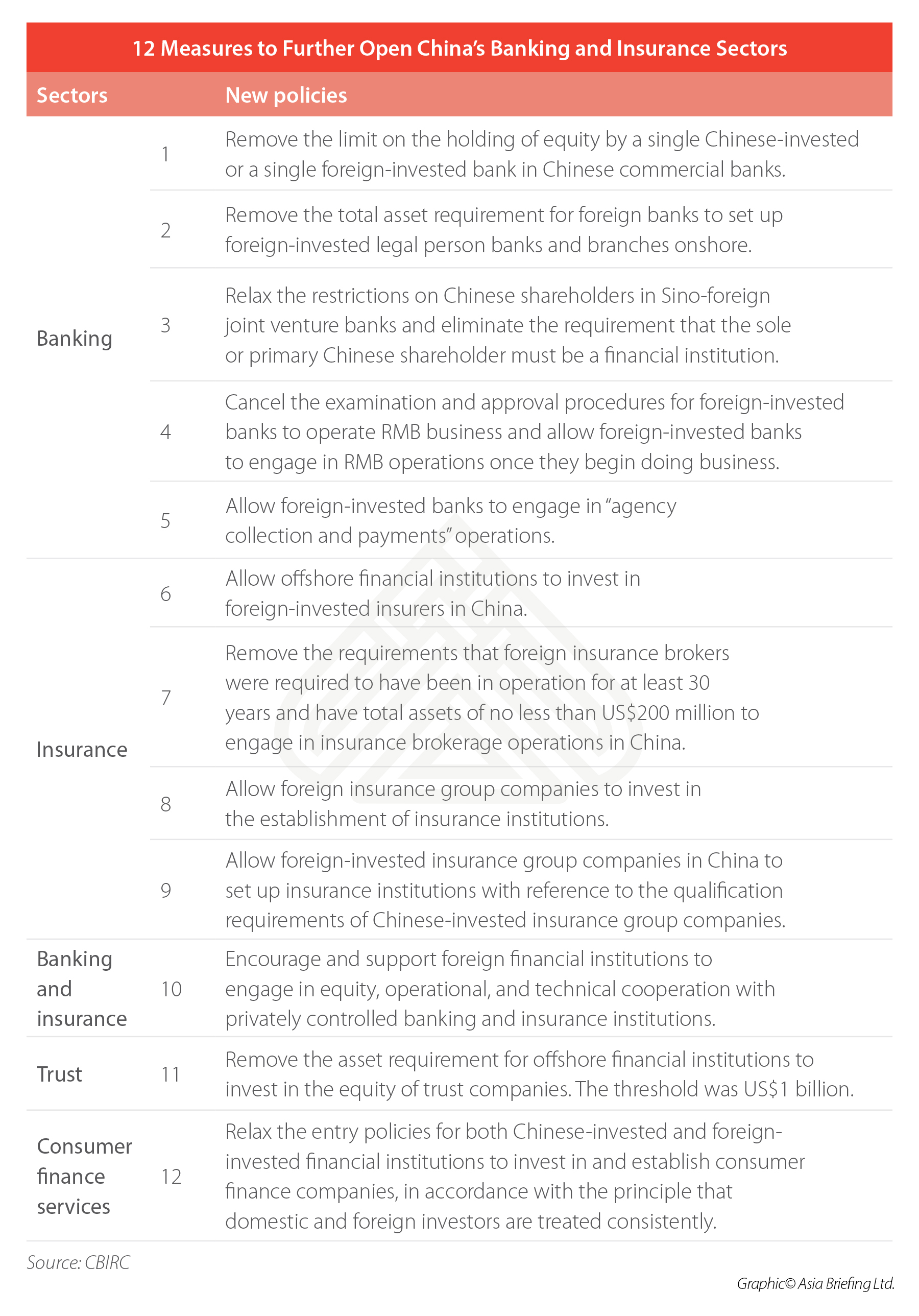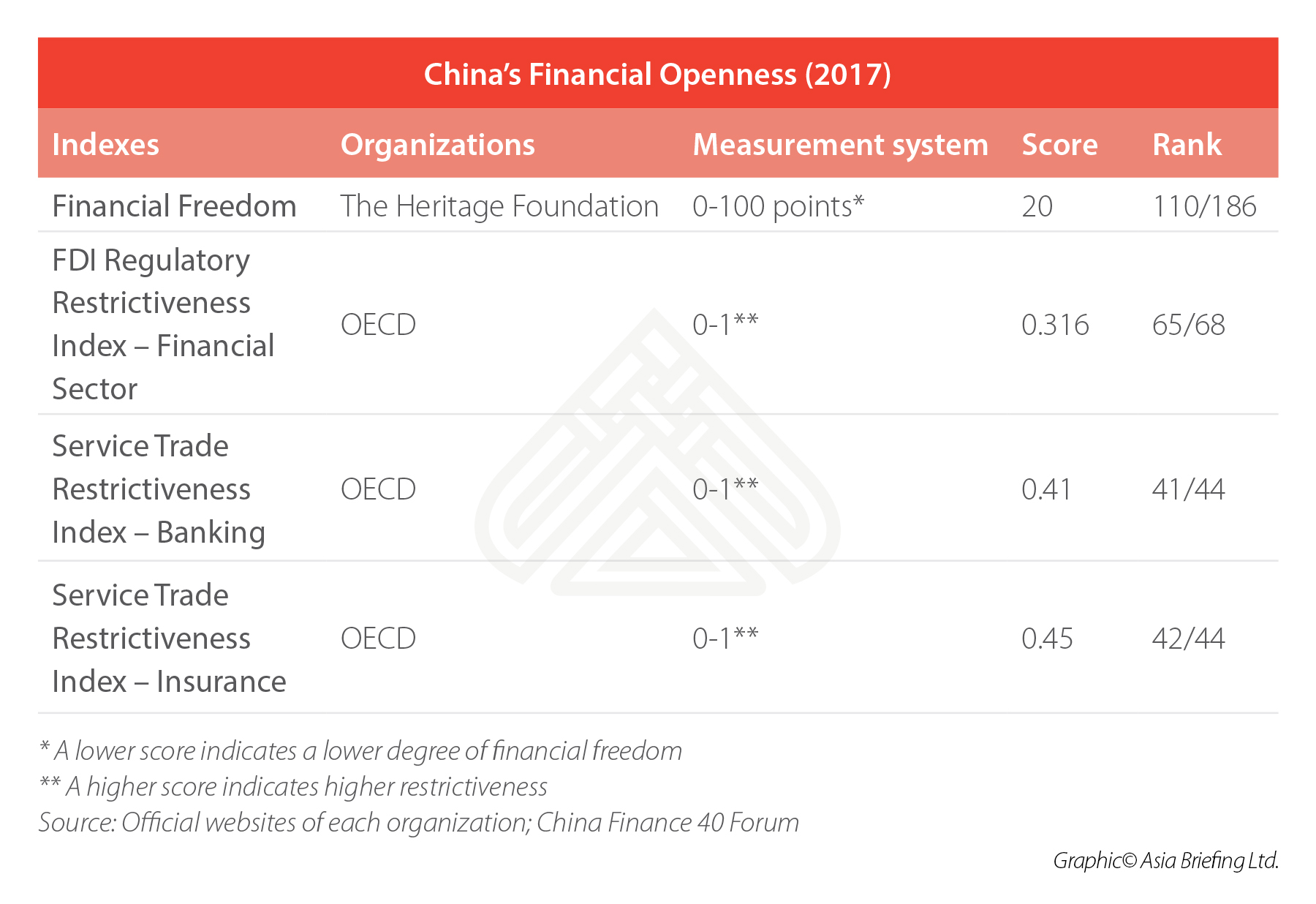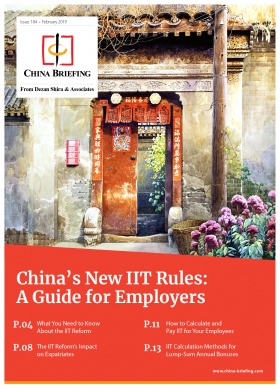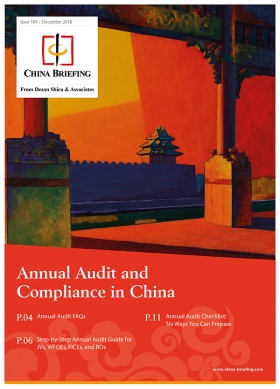China Unveils 12 Measures to Further Open its Banking and Insurance Sectors
The banking and insurance regulator, CBIRC, recently announced new measures to further open China’s banking system. China Briefing breaks down these measures and reveals the potential opportunities for foreign investment in the country’s lucrative financial market.
On May 1, the China Banking and Insurance Regulatory Commission (CBIRC) announced 12 measures to further open the country’s financial system to the world – impacting the banking, insurance, trust, and consumer finance industries.
This incremental step is consistent with government efforts to open China’s financial sector since April 2018. Previous measures permitted foreign companies to hold majority stakes in securities companies, mutual fund management ventures, and life insurance companies and removed foreign-ownership caps on banks and asset management companies.
The new measures seek to remove limits on ownership in Chinese commercial banks, which could lead to “full-blown local bank takeovers”, according to Bloomberg, and scraps the size requirements for foreign firms operating in China.
According to Guo Shuqing, chairman of the CBIRC, these changes will be implemented in the near term, but he has not given an exact timeframe.
What are the highlights of the new measures?
Here, we highlight four notable changes.
1) Removal of the limit on ownership by a single Chinese-invested or a single foreign-invested bank in Chinese commercial banks.
The thresholds were previously 20 percent for a single institution and 25 percent for a group. Zeng Gang, deputy director of the China National Finance and Development Laboratory, thinks that this policy will widen the channel for mergers and acquisitions (M&As) among banking institutions. Fresh capital may be introduced into small and middle-sized Chinese local banks.
2) Removal of the total asset requirement for foreign banks to set up foreign-invested legal person banks and branches onshore.
The thresholds were previously US$10 billion and US$20 billion, respectively. By lowering the threshold for foreign banks to set up branches, it is conducive to attracting foreign investment and deepening the degree of opening to the world.
3) Allowing offshore financial institutions to invest in foreign-invested insurers in China.
This means that in addition to applying for insurance licenses and taking equity stakes in Chinese insurers, overseas financial institutions have one more opportunity to enter the Chinese insurance market by investing in foreign insurers onshore.
4) Removal of the requirements for foreign insurance brokers to engage in insurance brokerage operations in China.
Previously, foreign insurance brokers were required to have been in operation for at least 30 years and have total assets of no less than US$200 million. Last year, the business scope of foreign insurance brokers was liberalized, and they enjoy the same business scope as Chinese insurance brokers now. This relaxation will make the Chinese market more viable for foreign insurance brokers.
More details of the draft can be found in the table below.
The CBIRC spokesman, Xiao Yuanqi, has said that removing restrictions on the proportion of foreign investment in related markets and allowing foreign investors to operate in China in forms of sole proprietorships, joint ventures, or equity participation in the financial sector – can level the playing field for Chinese and foreign investment.
Besides this, some experts believe that this could direct fresh funds to China’s banking industry to hedge against the rising bad loans and a slowing economy.
How open are China’s financial sectors?
According to CBIRC, currently, the proportion of private capital in Chinese stock-holding banks, urban commercial banks, rural commercial banks, and insurance companies are 43 percent, 56 percent, 83 percent, and 49 percent, respectively.
Foreign-invested banks and foreign-invested insurers account for 1.64 percent and 6.36 percent of the total assets in their respective sectors in China.
The international ranking of China’s financial sector openness lags far behind that of major developed economies and even many developing countries. The valuations from international organizations on China’s financial sector indicate a low level of openness as the table shown below.
However, Bloomberg Economics estimates that when China opens up, it will be a lucrative financial market for foreign investors.
It projects that foreign banks and securities companies could be raking in profits of more than US$32 billion a year by 2030, while life insurers’ possible premiums and fund assets under management can be more than US$217 billion and US$1.8 trillion, respectively by 2030 in China.
Moreover, since 2018, UBS Group, JPMorgan Group, and Nomura Holdings have gotten approval to take a majority stake of their respective local securities’ joint ventures.
The German insurer Allianz SE has been allowed to establish the first wholly foreign-owned insurance company in mainland China.
Banks like Jordan’s Arab Bank, Singapore’s United Overseas Bank, and Taiwan’s Bank SinoPac, have all received approval to establish legal person institutions or branches in mainland China.
What’s more, on March 21, the Bank of Beijing announced that it planned to set up a joint venture bank with Netherlands-based ING Bank NV, which will probably be the first foreign-controlled joint venture bank in mainland China.
Up to now, 41 foreign-invested banks have been incorporated in China. Further, there are 115 branches and 154 representative offices of foreign banks are operating in China.
About Us
China Briefing is produced by Dezan Shira & Associates. The firm assists foreign investors throughout Asia from offices across the world, including in Dalian, Beijing, Shanghai, Guangzhou, Shenzhen, and Hong Kong. Readers may write to china@dezshira.com for more support on doing business in China.
- Previous Article China’s SOE Reforms: What the Latest Round of Reforms Mean for the Market
- Next Article China Extends Tax Breaks for Circuit Design, Software Enterprises as Trade War Drags On













